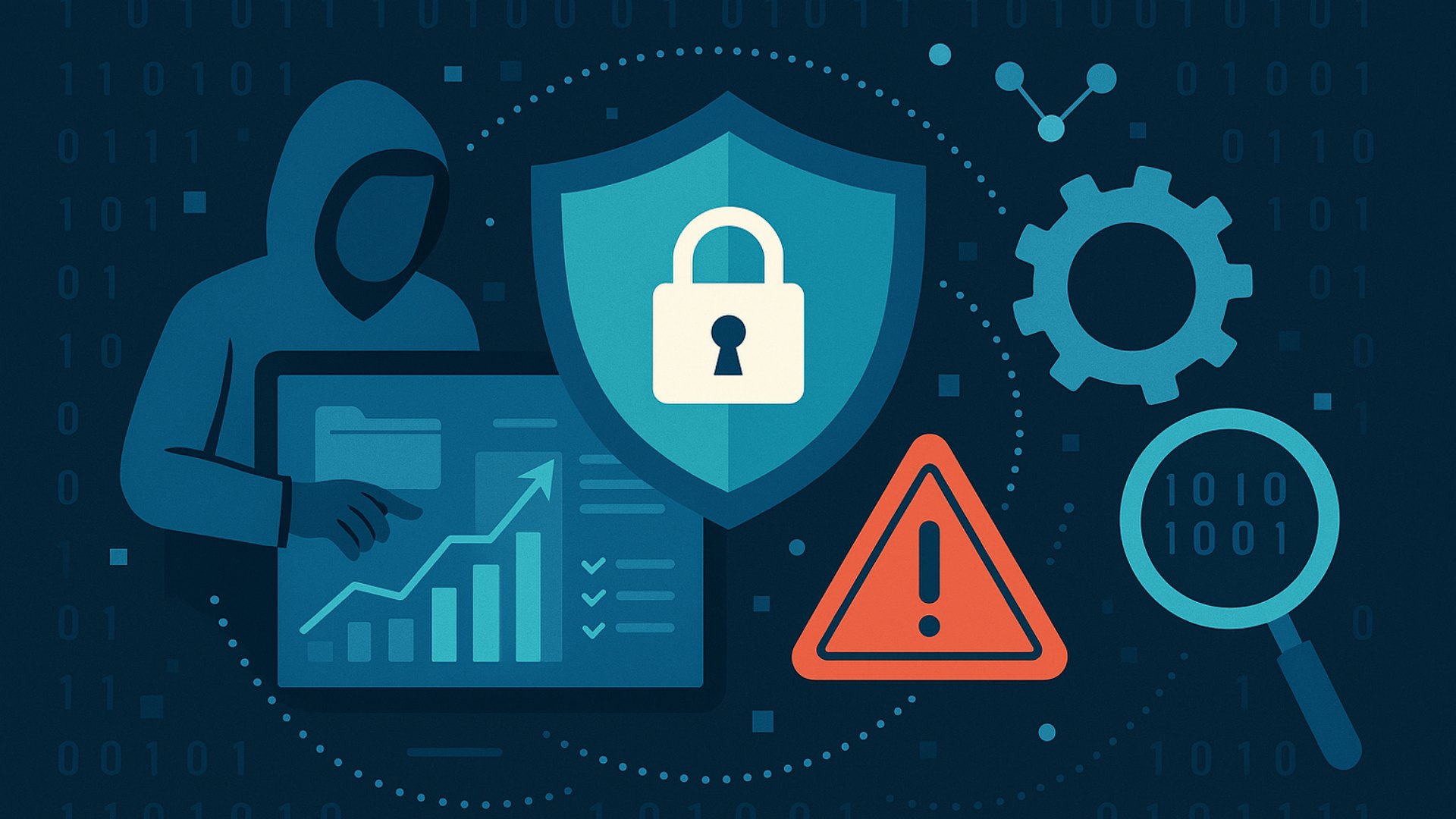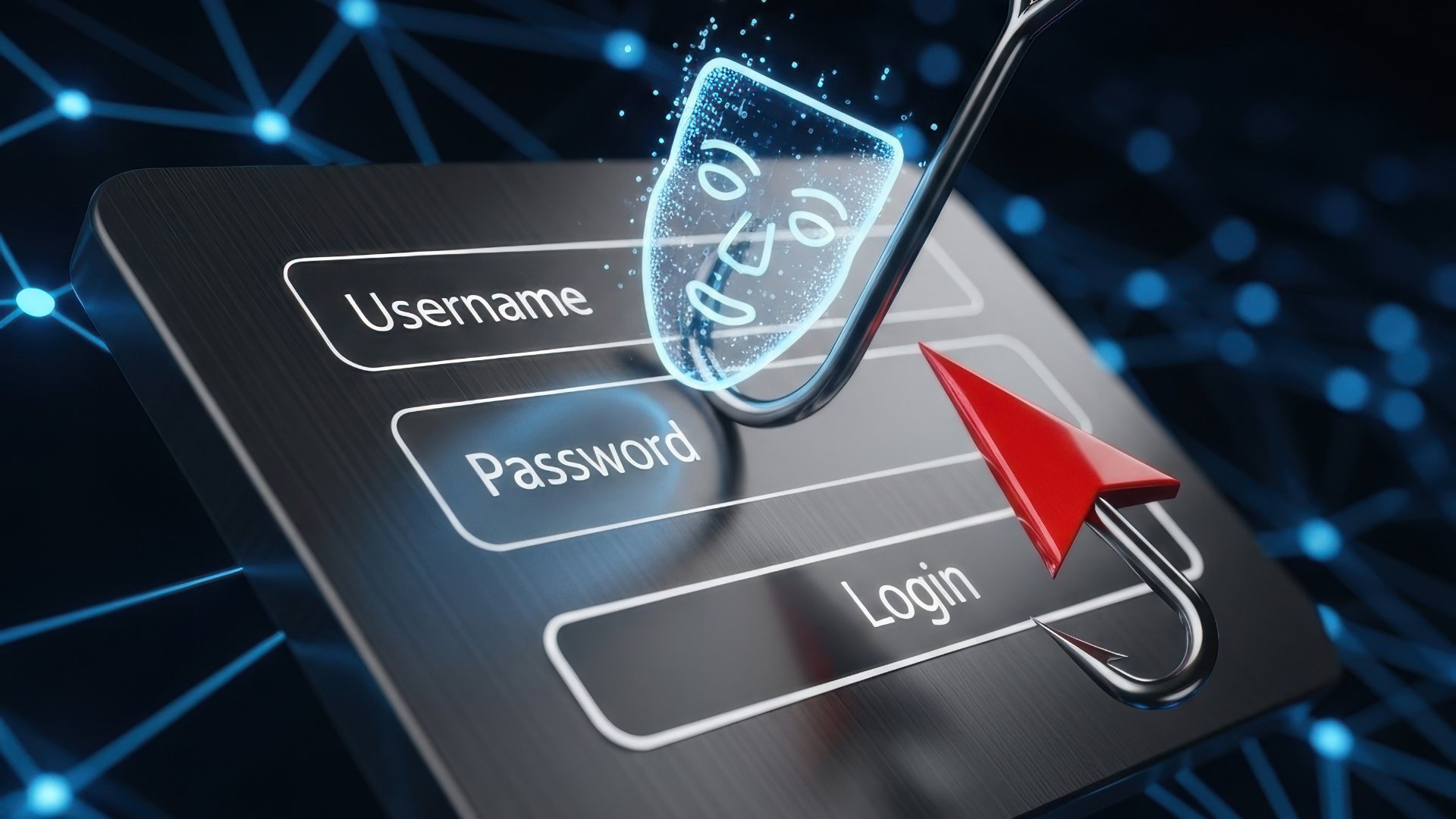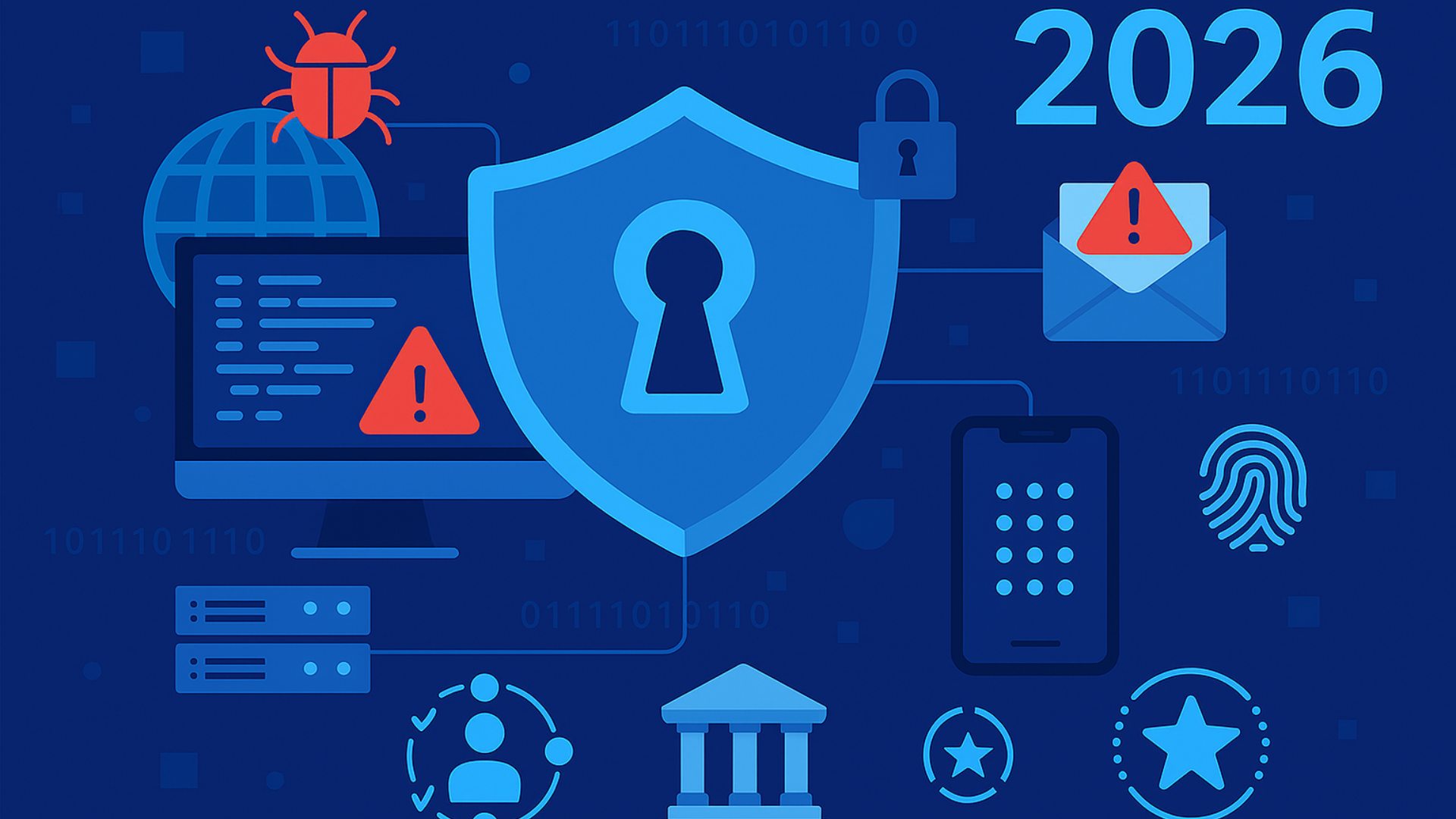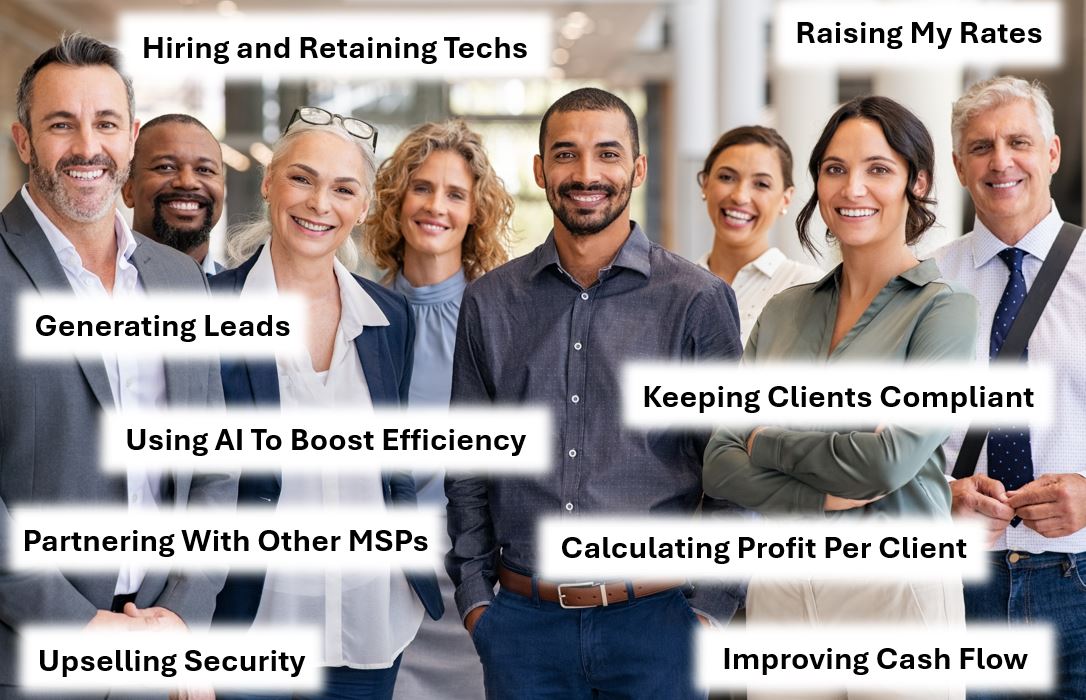MSPs are often agile when it comes to their security stack. In other words, they like to change things up, sometimes every six to 12 months. They may swap one solution for another or maybe look for a better deal here or there.
They don’t often have any specific ties to certain tools, other than a few solutions they’re diehard about. Everything else gets swapped out.
Having so many cybersecurity options is a strength. But it can become a weakness if you allow decision paralysis to take over or change strategies too frequently without having a solid strategy behind it. It’s important to evaluate options periodically and critically, but don’t get distracted by every shiny new object.
While agility and flexibility have their place, it’s important to stay the course when it comes to fundamentals.
Cybersecurity’s 8 Bare Necessities for MSPs
With the plethora of security options available today — and more being introduced all the time — it’s easy to lose the plot. The key is to focus on the fundamentals, which can be broken out into a few main buckets.
1. Zero Trust
This is more of an approach than a specific solution, but it must be a key component of the arsenal you offer your customers. Under Zero Trust, no user, device, or application is inherently trusted. Every access request is verified every time. Use this as a requirement that your vendors must match in order to move forward.
2. Identity Access Management Tools
IAM tools include multi-factor authentication (MFA), which adds an extra layer of security by requiring multiple forms of verification. It reduces the risk of unauthorized access. Another part of this is single sign-on (SSO), which simplifies the user experience by allowing access to multiple applications with one set of credentials. Password managers are another key component, although many organizations are moving to passwordless authentication instead.
3. Email Security
This guards against phishing, spam, and malware by filtering incoming and outgoing emails. It is a critical defense since email remains a primary attack vector.
4. Endpoint Detection and Response
EDR technology monitors and responds to threats on endpoint devices. This offers real-time protection and quick remediation.
5. DNS Filtering
This type of solution blocks access to malicious websites and prevents phishing attacks by filtering DNS requests. It effectively stops threats before they reach the network.
6. Threat Detection and Response
This should include security information and event management (SIEM), which aggregates and analyzes security data to detect anomalies and potential threats. Add to it managed detection and response (MDR) and extended detection and response (XDR). These tools provide continuous monitoring and response services, combining human expertise with advanced analytics to detect and mitigate threats across various environments. Any other tools you add should integrate with SIEMs, too.
7. AI-driven Security
Any good security program today uses machine learning algorithms to predict, detect, and respond to threats more efficiently. This allows you to adapt to new attack patterns and reduces response times.
8. Automated Compliance Tools
These tools help businesses adhere to compliance and regulatory requirements. They differ depending on geography and industry.
Make Space for Experimentation
Once you have the basics down, there is room to experiment with other useful solutions. For instance, you can learn internal tooling and workflow automation yourself, and then package it for sale. And most MSPs aren’t very mature in their use of AI yet.

Mikey Pruitt
One important element is to use internal Zero Trust networking. As an MSP, you must implement a Zero Trust approach for your own internal operations. This means that you don’t automatically trust anything inside or outside your networks, and you verify every user and device. With this philosophy, you practice what you preach, turning your MSP into a model of security hygiene before selling those same principles to clients.
You can also experiment with white-label platforms to test value perception without building the tech from scratch. There’s the option to organize an internal hackathon, too. It’s a no-pressure environment where employees can explore, experiment and collaborate with teammates across departments. A shippable upgrade or entire product may come as a result.
Establish a Meaningful Security Foundation
Trying to navigate the ever-growing number of different security solutions can be a huge challenge for MSPs. How can you determine the best mix to offer your customers amid all the noise?
It’s easy to get swept up in the excitement of shiny object syndrome and lose sight of what’s important. The reality is that most firms still aren’t getting the basics down pat.
Use the eight focus areas discussed above to take inventory of your offerings so that you know for certain you’re offering the foundational pieces your customers need to stay secure. Then, you can think bigger and shinier.
Mikey Pruitt is global partner evangelist for DNSFilter.
Featured image: iStock













